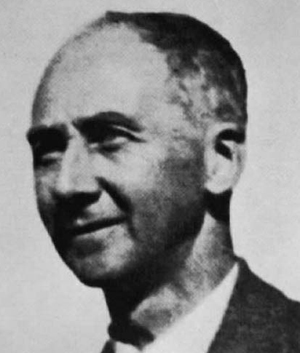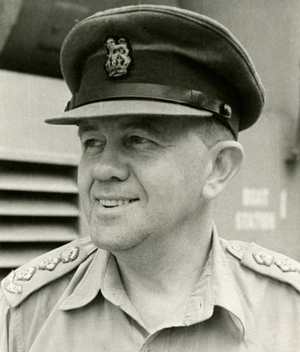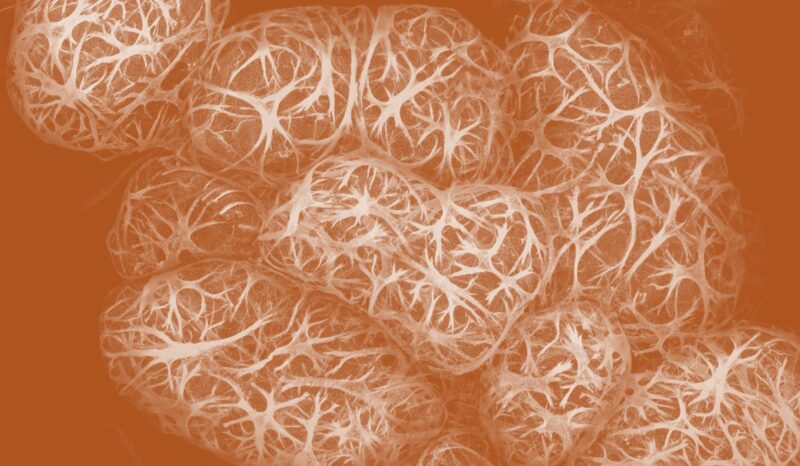The first director of the institute was Dr Sydney W Patterson, a University of Melbourne medical graduate.
Dr Patterson had followed Dr Gordon Clunes Mathison, the first director designate of the institute, as a Beit Fellow at University College, London, where he had carried out outstanding research in physiology.
After serving in World War I, Dr Patterson took up the post as institute director in late 1919.
It was a difficult time, fraught with post-war difficulties in supplies. Nevertheless, he succeeded in equipping departments of bacteriology and serology, biochemistry, morbid anatomy and experimental pathology.




